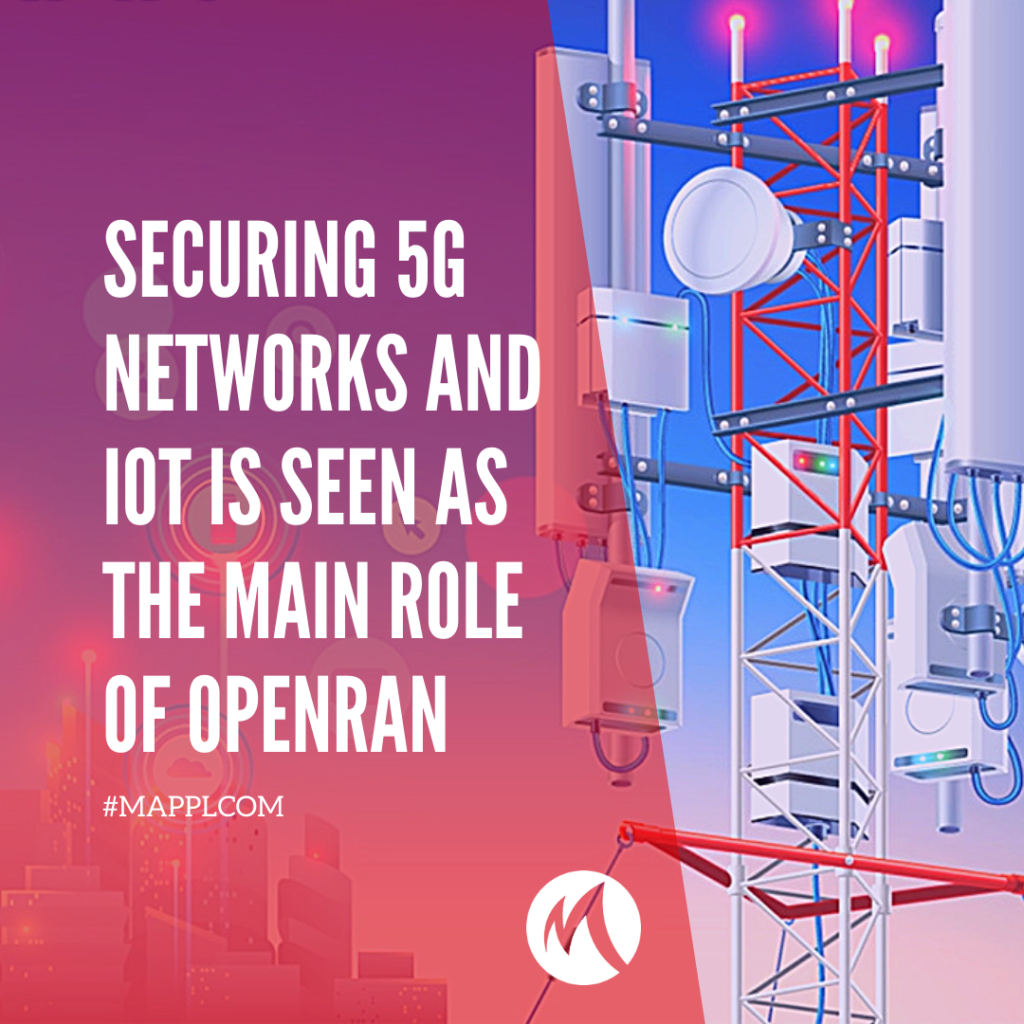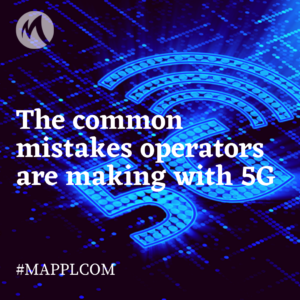Securing 5G networks and IoT is seen as the main role of OpenRAN

There still was no much surprise when OpenRAN was listed among the most promising trends of 2020 due to the upcoming merges of telecom and fintech giants announced. Another role, which is undoubtedly, the most valuable on the state, not corporate, level is to make every particular region less dependent on the major foreign suppliers, which makes sense regarding both economics and politics. Named benefits for inhabitants here include, but are not limited to, cost reduction, higher resilience and faster development of interoperability.
Initially, the idea was pretty simple – to split the costs for facilities’ construction, where providing the RAN itself represents the most expensive process within the construction chain. Taking into account that 5G networks even increase the cumulative costs as bringing on the necessity for a way higher number of cells sited (as the higher density is needed), one could conclude that sharing the costs and using network economics is the most obvious way not to fail financially, trying to handle sufficient development.
Many operators perceive OpenRAN as the platform to reach innovativeness that drives new revenue streams and options for boosting currently moderate profits. By this opportunity many agents understand any new application introduction and delivery which is an attractive way of development not only for the telecom players and their usual clients, but also for a greater range of vendors involved in technology operations, thorough lowering the entry barriers.
Given that this hardware is going to be vendor-neutral, the reliance on a typically small variety of vendors is no more a bottleneck for decoupling software and hardware solutions, making the market more competitive and, therefore, more effective. This factor, as well as isolated network sharing capabilities (the most representative example here is node slicing), is a giant step toward more likely and soon feasible opportunity of sharing real (meaning physical) facilities.
Another point that brings experts to extra high value of OpenRAN in terms of innovations is creation of distributed edge cloud through bringing on virtualization. As a result of this cloud-native architecture, applications and network functions can be broken up into services of microlevel which are then mixed and matched depending on a particular necessity of the tasks involved.
All in all, the OpenRAN is seen as the promising tool which is about to enable mobile operators to take the control back while reducing the costs they bear, which would make the whole chain of service designers and providers less dependent on currently dominant players, therefore, the whole society gains in flexibility, efficiency, interoperability and quality of the end-products they get.

